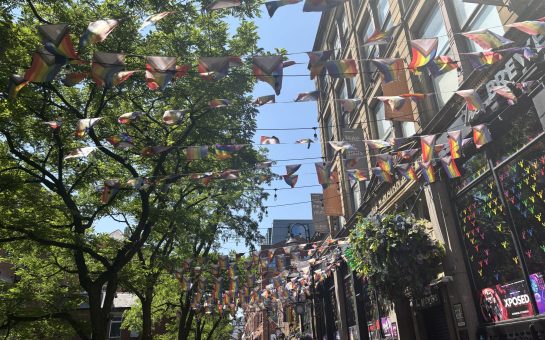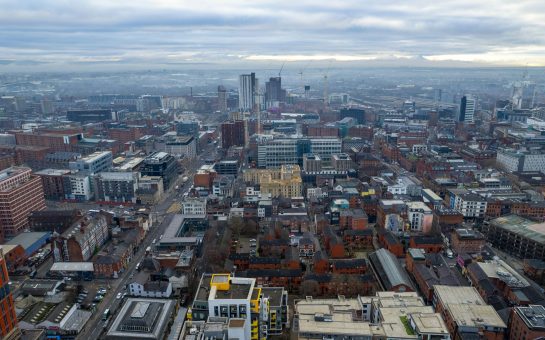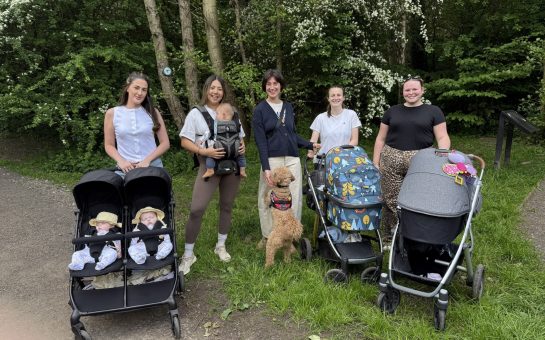The Liberal Democrats have fallen just short of an overall majority in Stockport Council following tonight’s local election results.
Having run the council as a minority administration over the past year, the Lib Dems needed to gain three seats on the night to secure control of the local authority, but they only managed to take two from Labour in Cheadle East and Cheadle Hulme North, and Offerton.
Their victories did make a disappointing night for Labour, who did not make any gains elsewhere, while the Conservatives remain without any representatives on the council.
Liberal Democrat Mark Hunter, leader of Stockport Council, said: “It’s so frustratingly close. But we’ve worked with no overall control with partnership, trying to get consensus on the things the town needs going forward, and that will continue to be our approach.
“We are known as a party that cares and has done well for Stockport. We’ve only been back as the lead party for two years, but we’ve achieved more in the last two years than the previous Labour administration did in six years, and I think that’s been recognised.
“Frankly, it’s a very poor result for Labour. At a time when they’re riding high in national opinion polls, to lose two seats to the Liberal Democrats in Stockport I don’t think is what they were anticipating at all.”

The Lib Dems now hold 31 out of the 63 seats on the council, which means they will be the main party able to drive change in Stockport, albeit through a minority administration.
Contrary to the direction of national public opinion, Labour were unable to capitalise and gain seats in the local authority.
The party now only hold 22 seats in the council and will be even more restricted than when they had 24 representatives after the 2023 local elections.
Councillor Rosemary Barratt, who was successful in seeking re-election as representative for Bredbury and Woodley, described the result as mixed.
She said: “It’s kind of bittersweet, because obviously we’ve had great wins in places, but I’m sorry that we’ve made those losses and I’m sorry that we’ve not achieved enough in places like Offerton.
“It’s a learning curve really, you have to look at it and look at how you do things, and maybe reassess how you approach things.
“It was also a very, very slim win in Offerton for the Lib Dems: there were only 25 votes in it, so it was evenly balanced. But it’s just such a shame and really frustrating that we didn’t quite cross the line there.”
Result: Offerton
— Rob White (@Rob_White27) May 3, 2024
Turnout: 34.4%
LD: 1,512
LAB: 1,487
CON: 287
GRN: 203
REF: 337
Dan Oliver (LD) elected.#GMElects24 #LocalElections2024
The Conservatives were unable to buck the national trend and gain a seat on Stockport council.
They came closest in Bramhall South and Woodford, where they lost out to the Lib Dems by just 81 votes, despite the high turnout of 47.1%.
This means it will be the second year Stockport is without Conservative representation, having previously held five seats prior to the 2023 local elections.
Result: Bramhall South and Woodford
— Rob White (@Rob_White27) May 3, 2024
Turnout: 47.1%
LD: 2,185
LAB: 344
CON: 2,104
GRN: 231
Jeremy Richard Meal (LD) elected.#GMElects24 #LocalElections2024
Elsewhere, the Greens were able to hold their seat in the Reddish South, while the Heald Green Ratepayers, who stand exclusively in Heald Green, retained their seat in that ward.
Councillor Asa Caton, who represents a local party called the Edgeley Community Association, also managed to retain his seat in Edgeley.
His party focus on issues directly relevant to Edgeley, standing on a campaign of hyper-local issues.
He said: “Our tagline is ‘open, honest, determined’, which is exactly what we are. We want to be accessible to all residents and businesses and show that, even as a small independent party we do a lot more than other parties.
“We have a six-point plan, including improving social housing, tackling parking issues and protecting green spaces, among other things.
“People can see that we’ve made progress with it and that’s sat really well with a lot of people in Edgeley, who just want to see somebody there that’s doing the work, representing them and looking after what they consider to be the things that need to be done.”

Turnout in Stockport was 39.6%, which is 1.9 percentage points higher than last year when the turnout was 35%.
Feature image credit: Rob White




